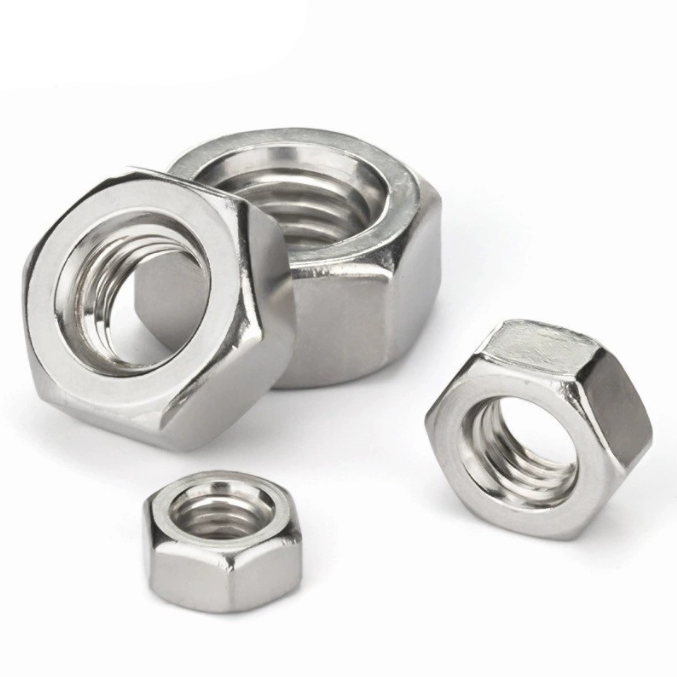

Solar Mid Clamp for Secure and Efficient Solar Panel Installation Solutions
Nov . 11, 2024 00:33 Back to list
Solar Mid Clamp for Secure and Efficient Solar Panel Installation Solutions
Understanding Solar Mid Clamps A Key Component in Solar Panel Installation
As the world increasingly turns to renewable energy sources, solar power continues to gain prominence. Central to the installation of solar panels are several critical components, one of which is the solar mid clamp. This seemingly small piece of equipment plays a pivotal role in ensuring the stability and efficiency of solar panel systems. In this article, we will delve into the function, types, and installation process of solar mid clamps, highlighting their importance in the solar industry.
What are Solar Mid Clamps?
Solar mid clamps are devices used in solar panel mounting systems to securely hold the panels in place. They are typically made from durable materials such as aluminum or stainless steel to withstand various environmental conditions, including heat, moisture, and corrosion. Mid clamps are designed to connect adjacent solar panels within a series, ensuring that they remain aligned and stable throughout their operation.
Functionality of Solar Mid Clamps
The primary function of solar mid clamps is to provide structural support to solar panels, preventing them from shifting due to wind, snow loads, or thermal expansion and contraction. By holding the panels firmly in place, mid clamps help maintain optimal angles for sunlight absorption, which is crucial for efficient energy production. Moreover, they contribute to the overall safety of the installation, reducing the risk of damage to both the panels and the mounting system.
Types of Solar Mid Clamps
There are several types of solar mid clamps available in the market, each catering to different installation needs. The most common types include
1. Standard Mid Clamps These are the most widely used mid clamps designed for typical residential or commercial solar array configurations. They come in various sizes and can accommodate different panel thicknesses.
2. Integrated Mid Clamps Some mounting systems feature integrated mid clamps that are part of the racking structure itself. These clamps simplify installation and can enhance the overall aesthetics of the solar array.
3. Adjustable Mid Clamps These clamps offer flexibility regarding panel spacing, making them suitable for installations on uneven surfaces or more complex configurations.
solar mid clamp

4. Wire Management Mid Clamps These specialized clamps are designed not only to secure panels but also to assist in managing wiring, ensuring that cables are organized and protected from damage.
Installation Process
Installing solar mid clamps requires careful planning and execution to ensure the durability and safety of the solar system. The following steps outline a typical installation process
1. Planning the Layout Before installation, it’s essential to plan the layout of the solar panels. This includes determining spacing and alignment to maximize solar exposure.
2. Mounting the Rails The first step involves installing the mounting rails to which the mid clamps will attach. Properly securing these rails is crucial for the overall stability of the solar array.
3. Positioning the Panels Next, the solar panels are positioned on the rails. Mid clamps should be placed between each panel to secure them together.
4. Securing with Mid Clamps Once the panels are in place, mid clamps are tightened to ensure a snug fit. Care must be taken to avoid over-tightening, which can damage the panels.
5. Final Inspection After installation, a thorough inspection should be conducted to ensure that all components are securely fastened and that no part of the system is at risk of failure.
Conclusion
Solar mid clamps are essential for the successful installation and operation of solar panel systems. They provide stability, safety, and efficiency, contributing significantly to the overall performance of solar energy systems. As the demand for renewable energy continues to grow, understanding the role of components like solar mid clamps will be crucial for individuals and businesses alike in maximizing their solar investments.
Latest news
-
Hot Dip Galvanized Bolts-About LongZe|High Strength, Corrosion Resistance
NewsJul.30,2025
-
High-Strength Hot Dip Galvanized Bolts - Hebei Longze | Corrosion Resistance, Customization
NewsJul.30,2025
-
Hot Dip Galvanized Bolts-Hebei Longze|Corrosion Resistance&High Strength
NewsJul.30,2025
-
High-Strength Hot-Dip Galvanized Bolts-Hebei Longze|Corrosion Resistance&High Strength
NewsJul.30,2025
-
Hot Dip Galvanized Bolts-Hebei Longze|Corrosion Resistance&High Strength
NewsJul.30,2025
-
Hot Dip Galvanized Bolts - Hebei Longze | Corrosion Resistance, High Strength
NewsJul.30,2025

